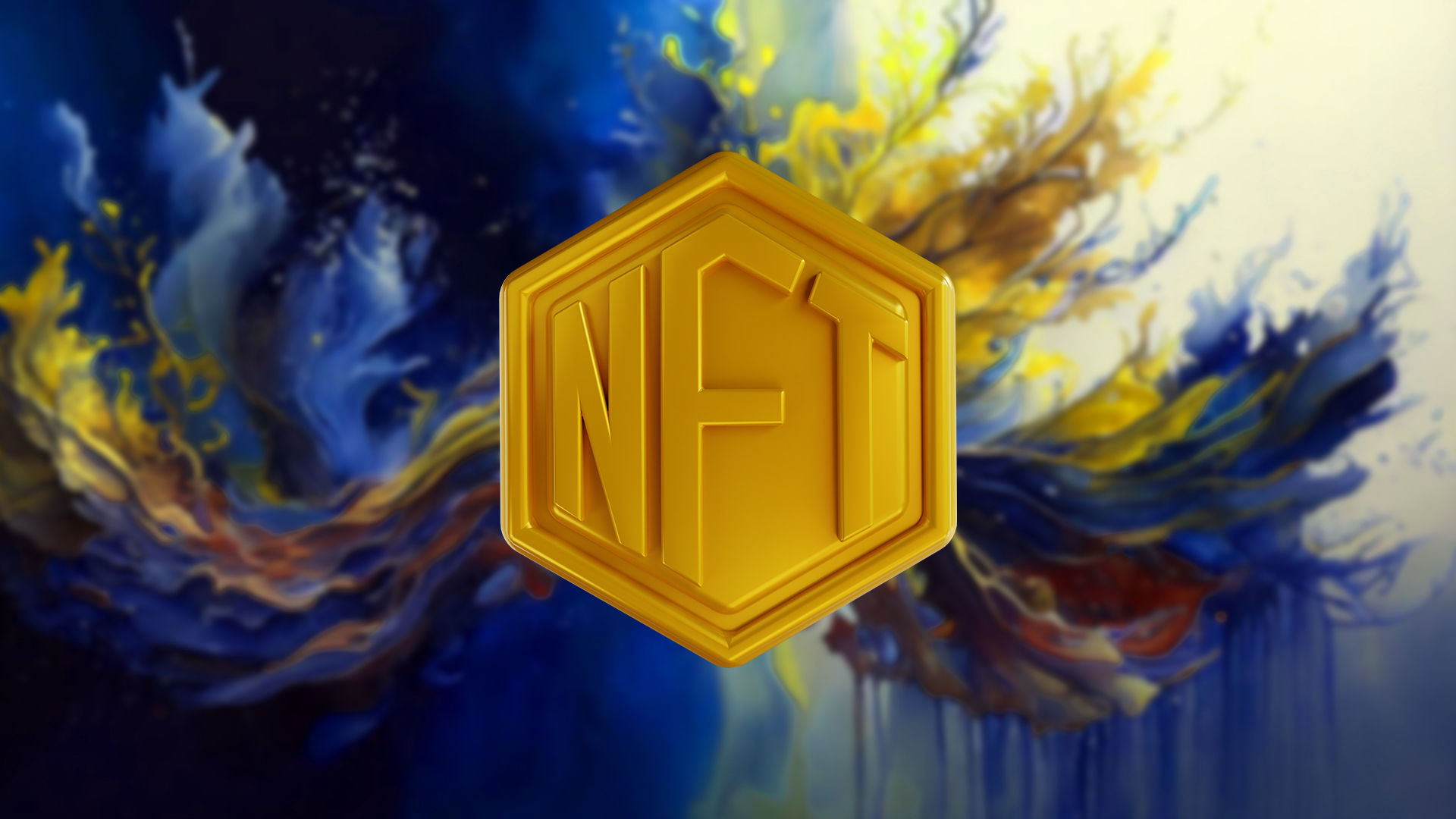
Artists Unanimously Increasing the Demand for NFTs and Digital Art
- The popularity of Digital Art works and demand for NFTs and collectibles.
- The illustration of these growing demands demonstrates the potential for massive revenue for the creators.
The irreplaceable assets that are in the form of digital technology have turned tables as they have gained an amazing amount of value over time. Ownership over these assets is stored in the form of tokens. These tokens are made in such a way that they become non-fungible and hence go around the crypto network termed as NFTs. These tokens are built on blockchain technology, where all the information regarding the asset is also stored in a secure manner. Ever since the introduction of NFTs in CryptoKitties form, the popularity and utility of NFTs have skyrocketed and are highly common among artists and collectors.
Digital Art
In today’s world defined by technology, what does the term ‘Digital Art’ mean? We take a look at what the term actually refers to, how it differs from other contemporary Art movements, who are the notable artists that have left a mark in the field, and some of today’s most experimental digital mediums and innovative projects
Placed under the larger category of new media art, digital art is defined as any creative practice that uses digital technology as an essential part of the artistic process.
Just like traditional fine art, digital art offers multiple mediums and styles that artists can use to express themselves. From digital photography, computer graphics, and pixel art to more experimental mediums such as AI-generated art and AR art, everything goes in the spectrum of digital art.Involving techniques that are not distinctive of creative expression alone, digital art is ever-evolving and radical in the way it is produced, distributed, and viewed. The biggest and most rebellious function that came with these digital art pieces is the ownership certificate, which also enables the owner to track the movement of the artwork.
No matter who is watching the art, the ownership watermark revolves around it, making it non-fungible. Ownership gives one monetary and social value. The creators have taken the digital art regime with open arms, selling their art pieces, music pieces, and more on the huge network, giving way for new revenue streams and marketplaces to exist and grow.
NFTs have allowed the artists ownership, giving them control and licensing, overlooking the distribution of their creative pieces. These protocols have allowed extreme freedom and empowerment for artists that have never been experienced before.
The level of admiration coming towards the NFTs and their collectibility has increased and gained enormous attention over the years, all due to the fact that NFTs give the promise of each asset being one-of-a-kind and no other asset being equivalent to it.
Successful auctions and increasing sales have also been factors in the popularization of NFTs. These high-profile sales have generated media attention and brought NFTs into the mainstream, leading to a growing interest in the technology and its potential. The success of these events in turn generated upcoming artists, money circulation, and value.



